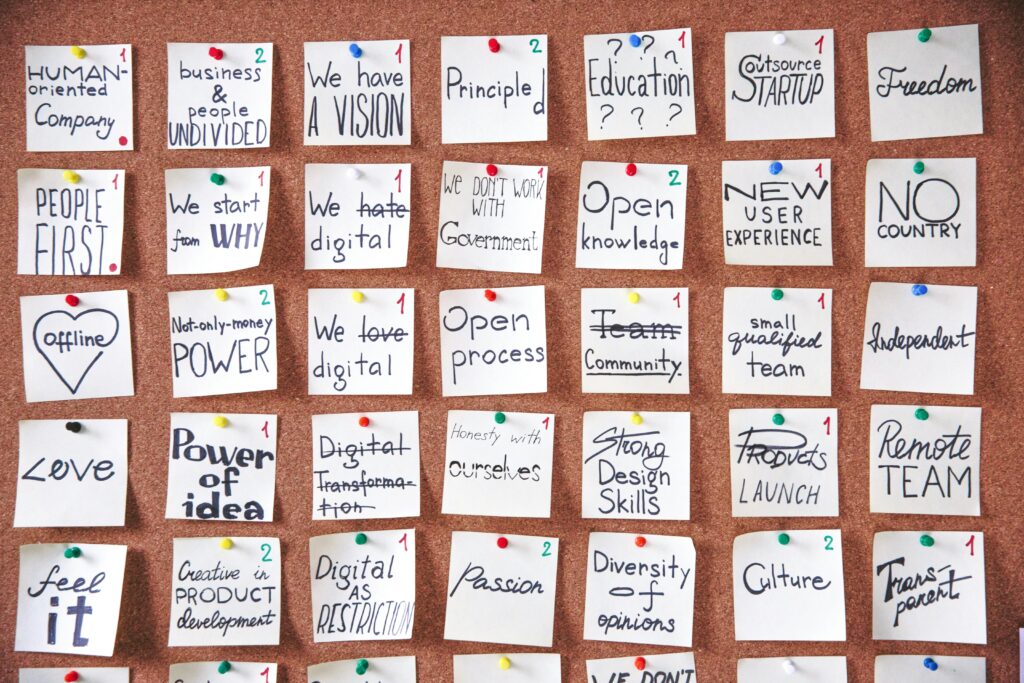
The power of artificial intelligence (AI) is accelerating the evolution of design education. AI technologies are making it simpler to study and practice design principles in a quicker, more intelligent manner, regardless of whether you’re a professional designer, instructor, or student trying to advance your career. AI is revolutionizing the teaching and learning of design by automating time-consuming procedures and providing individualized learning experiences. We’ll examine some of the top AI tools in this post that are revolutionizing design education and assisting educators and students in staying on top of trends.
1. AI-Powered Design Platforms for Real-Time Feedback
While AI-powered design platforms like Canva and Adobe Sensei are incredibly useful for providing real-time feedback and helping students fine-tune their designs, it’s important to remember that AI is still not perfect. For more complex, nuanced tasks, sometimes there’s no replacement for human expertise. This is where Edubirdie, an online writing service with professional writers, comes in. While AI tools can offer quick suggestions and automate basic tasks, they can’t match the expertise and deep understanding that a professional writer or designer brings to the table. No AI can truly replace the creativity, critical thinking, and industry experience that professionals like those at Edubirdie provide. For students or professionals who need more personalized, high-level feedback or assistance, turning to experts in the field ensures that the advice and direction you receive is informed by years of practical experience—something AI still cannot replicate.
How AI Improves Design Education
Instant Feedback: Just like a teacher, AI evaluates your design in real time and makes recommendations to help you better it.
Advice for Novices: Even if students are just getting started, AI may assist them grasp the fundamentals of excellent design by making recommendations that enhance the appearance of their work.
2. AI for Tailored Educational Journeys
Since every student is different, AI tools can now provide tailored design education experiences. AI has been included into tools like Skillshare and Coursera to assist students in selecting the best tutorials, courses, or content for their learning objectives, interests, and skill level. AI builds a personalized learning path that helps students advance more quickly by examining their prior interactions and preferences.
Another illustration is Designify, an AI application that breaks down the design process into easy-to-manage activities to aid students in learning design. This program offers a customized set of activities that correspond with the learner’s current learning stage by automatically selecting content for them. Students’ learning process can be accelerated by concentrating on the areas in which they need to develop.
How AI Develops Tailored Educational Paths
Tailored Content: AI systems recommend tutorials or classes based on the student’s present proficiency level.
Adaptability: The tool adjusts the content as the student advances, offering a constant challenge that guarantees consistent development.
3. AI-Powered Mockups and Prototyping
Although making mockups and prototypes by hand can take a lot of time, they are essential components of the design process. These days, AI tools are greatly accelerating this process. Two AI-powered prototyping applications that let designers quickly produce interactive, high-fidelity prototypes are Framer and Balsamiq. Based on the objectives of the project, these technologies automatically recommend layouts, styles, and interactive components using machine learning techniques.
For instance, students don’t need to write complicated code to produce dynamic and useful prototypes thanks to Framer’s AI. For design education, where understanding the technical abilities necessary for advanced design frequently comes after learning the principles of prototyping, this is very beneficial.
Why AI-Driven Prototyping Changes the Game: AI frees students from being mired in technical minutiae so they may concentrate on their creativity.
Effective Feedback: The iterative process is enhanced by students’ ability to test prototypes rapidly and make real-time design adjustments.
4. AI for Design Inspiration and Image Recognition
Finding ideas for their work is one of the difficulties that many design students have. Quick access to pertinent design references is one way AI can be helpful. Platforms that employ AI to recommend design concepts based on a user’s preferences and past search history include Pinterest and Designify. With the use of AI-powered image identification, students may identify patterns, trends, and even the most effective design strategies employed by experts.
These AI tools allow students to input an image, and the algorithm will recognize important elements, color schemes, and design patterns. Students gain a greater understanding of what constitutes a successful design as well as how to apply comparable components to their own work.
AI’s Role in Design Inspiration
Smart Search: By examining past searches and making recommendations based on current design trends, AI assists students in finding pertinent inspiration fast.
Identifying Patterns: AI helps students stay up to date with the newest trends by identifying design patterns and providing inspiration that aligns with popular themes or designs.

5. AI in Group Learning and Collaborative Design
Design education heavily emphasizes collaboration, and AI tools are making collaborating simpler than ever. AI is used by platforms such as Miro and InVision to support group design sessions, providing tools like feedback loops, shared workspaces, and collaborative brainstorming. These platforms use AI to manage project files, track design modifications, and provide recommendations automatically while working in groups.
When students are working remotely in online learning environments, these collaborative tools are quite helpful. AI makes collaborative projects more productive and allows each participant to participate effectively, whether they are working on wireframes, mood boards, or final mockups.
How Artificial Intelligence Promotes Teamwork
Smooth Collaboration: To keep everyone on the same page, AI assists with task management, project organization, and design change tracking.
Effective Workflow: AI makes recommendations and automates some tasks, which increases productivity and decreases time spent on collaborative projects.
6. Using AI to Improve Design Review and Critique
Giving insightful feedback on design work might occasionally take a lot of time, but it is an essential component of the learning process. These days, AI tools are increasing the efficiency of this operation. AI is used by platforms such as Designhill and MockFlow to automatically evaluate designs and offer recommendations based on accepted design principles. Potential problems including uneven layouts, inaccessible fonts, and poor color contrast can be detected by these AI techniques.
Both students and teachers can spend more time on high-level comments instead of pointing out little errors with AI-driven design critique tools. As a result, design comments are more fruitful and aid students in honing their abilities more quickly.
How AI Enhances Automated Design Critique Feedback: AI helps students learn more quickly by pointing out areas for improvement and design defects.
Emphasis on Strategy: Teachers can concentrate on providing more insightful criticism and strategic guidance rather than calling out simple errors.
In conclusion
Design education is undergoing a transformation thanks to AI tools, which are making it quicker, smarter, and easier than before. These tools are assisting students in developing their design abilities in ways that were not feasible only a few years ago, from offering real-time feedback to customizing learning routes. AI is enabling the next generation of designers to work more efficiently by automating time-consuming activities, providing inspiration, and enhancing teamwork. The future of design education appears to be more promising than ever as these technologies continue to advance.
Adopting AI tools is essential to remain ahead in the rapidly evolving field of design, whether you’re a professional trying to maintain your abilities, a teacher hoping to improve your curriculum, or a student ready to learn.
